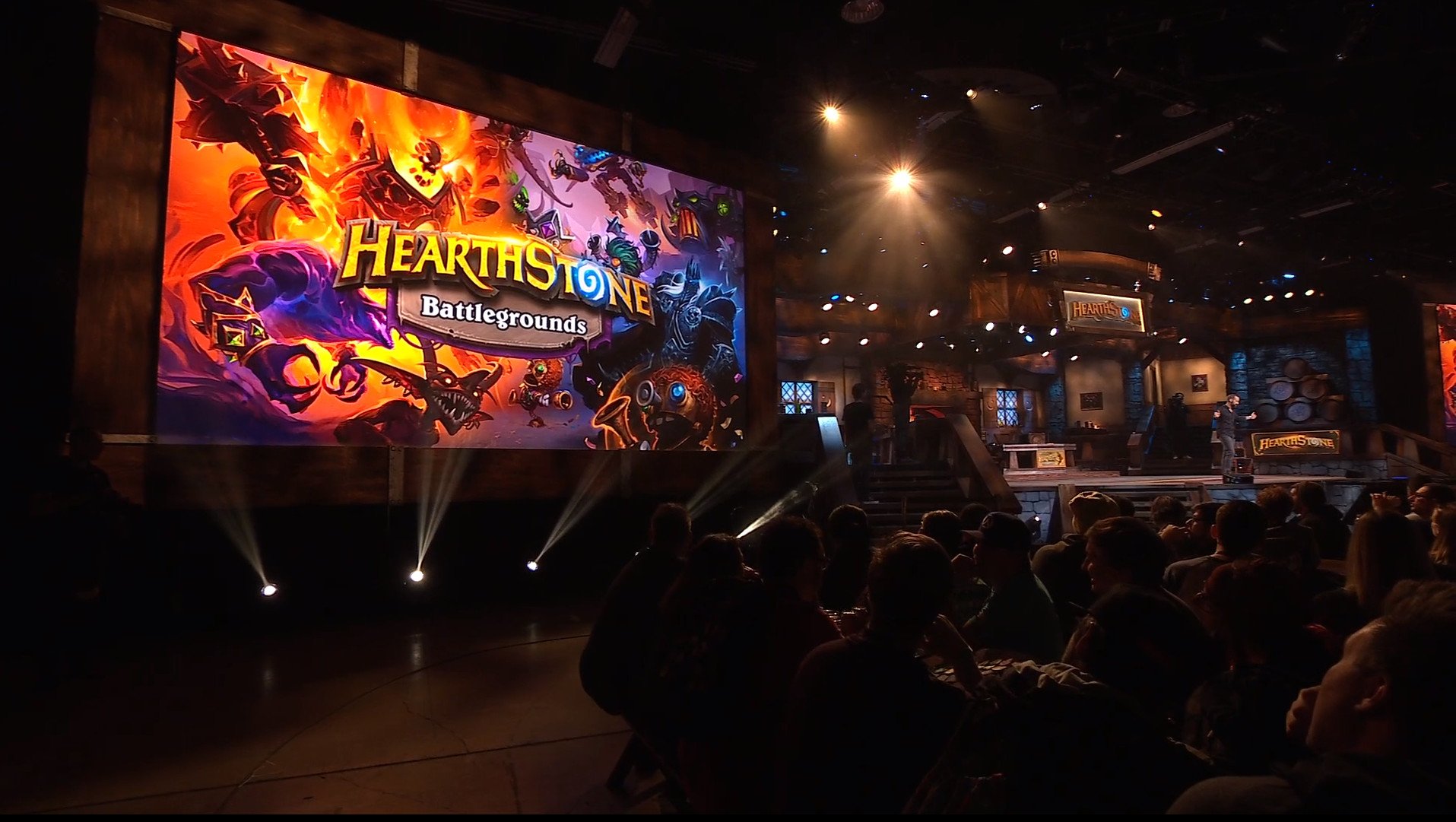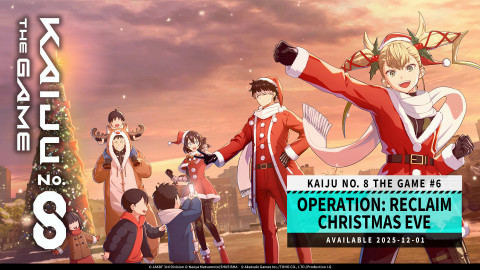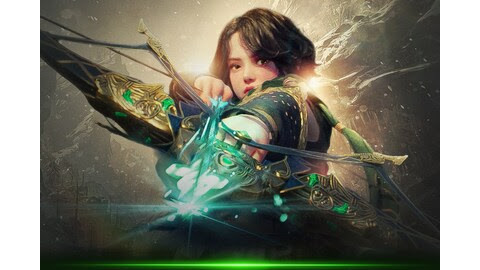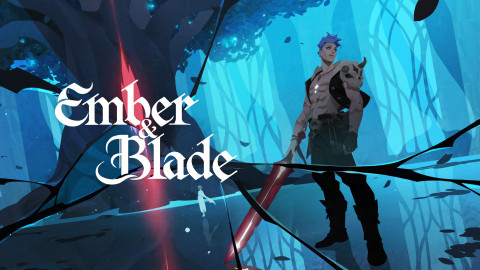On the eve of BlizzCon 2019, it was expected that Hearthstone, Blizzard's hit free-to-play online digital CCG (collectible card game), would be announcing a third and final expansion for the year. Descent of Dragons did end up making its debut at the event, but the star of the show was Hearthstone Battlegrounds.
Battlegrounds will function as a brand new game mode within the Hearthstone client, and serves as a response to the burgeoning developer competition in the auto-chess/auto-battle genre.
Inven Global spoke to Ben Thompson, developer and Art Director for Blizzard, and Mike Donais, Hearthstone's Principal Game Designer, at BlizzCon 2019 about the creative integrity of Hearthstone, the humble beginnings of Battlegrounds' development, and the importance of looking at the long- term with the sudden uptick of competition from other developers in the industry.

The Hearthstone development team is facing a series of new challenges in the form of increased endemic competition with digital CCGs only continuing to increase in popularity. In addition, major development company Riot Games have set a remarkable pace by essentially beginning development on a game of every genre that will exist in the League of Legends universe, which has incentivized the rest of the industry to consider creative approaches to the expansion of their IPs.
"When we make decisions on behalf of the game and ultimately, to serve the players, we do so from a place that looks to the future as something that we want to continue to support," said Thompson. "That doesn't mean the next set, or even the next 2 sets, but the idea of the next five or ten years. "
Hearthstone must balance the old with the new while simultaneously looking towards the present enjoyment of its playerbase and counter-balancing it with long-term approaches that will optimize the longevity of the game. In additon, the Hearthstone development team must make sure that when adding new features, modes, or learning from its competition in any other applicable way, it must keep its authenticity intact throughout the metamorphoses a game will go through over years.
"One of the many ways that we approach is to do so in a way that is responsive, but not reactive," Thompson explained, laying out the difference specified. "From my perspective, doing something reactively is doing it because someone else is doing itit. That's the end all be all reason to do it.

Responsive, on the other hand, is an approach to doing something perhaps because of someone else doing x or y, but I think the translation in the approach is because you see the value of what it is, and try to see how you can take lessons from that apply it to your own context."
This difference may only seem one of semantics at first glance, but Thompson broke down the differences in the approach on a cognitive level when implemented during the process of game development. "It's not about Wholesale implementing something and putting a Hearthstone stamp on it and saying, 'Go' but asking how a feature or new update of any kind 'How does this make HS better?'"
Thompson went on to explain the importance of this balanced, well-rounded approach for making sure a new feature or in-game addition is enhancing the original experience of the game without completely changing the fabric of what the game has always been.

Hearthstone Battlegrounds was originally tasked to a small team within the greater Hearthstone development team. Donais broke down the original conception of the strike force tasked with developing Battlegrounds: "Me, one of designers others, 3 engineers with different specs to cover everyhting, and then one UI designer and go from there and request what we need incidentally."
Donais assured that while the small team had the most hands-on work with the development of Battlegrounds, every Hearthstone developer on the team had gotten a chance to add their input in some capacity or context. "You can't playtest with two designers, but the last few weeks it ended up being more like 'I only need 8 of you!!!!!!' and having to turn people away at the door because it got pretty popular towards the end of the process.
Despite the clear and intentional separation of Battlegrounds when compared to standard Hearthstone, Thompson assured that creating a new game was never the goal: "From the outset, we knew what we wanted to make was not a separate game, but what we wanted to make was clearly and only a mode. For Hearthstone, Battlegrounds is a new way to play, not THE new way to play."

This all but confirms that the Hearthstone main menu will have to undergo some cosmetic changes to accommodate for a new game mode, which could also lead to more modes/titles similar to Riot Games' Riot10 launch last month.
"Inherently, the question comes is if there are more of these different modes in the future, and well, this one was a lot of work to make," Thompson admitted with an somewhat exasperated chuckle. "Will there be more of these? We would love the idea of something like more of these, but the reality is that it doesn't always mean that it's that cut and dry."
One of the most important indicators of Battlegrounds holding steadfast to its 'Mode, not Game' status is its crossover with Hearthstone. Certain cards in Battlegrounds will be familiar to HS players, and therefore, those jumping into Battlegrounds with an endemic background will be at a significant advantage against newcomers to the Hearthstone universe.
Whether it be Battlegrounds or in the classic, familiar arena, the HS development team is striving to diversify the ways that gamers can experience Hearthstone.
Sort by:
Comments :0






